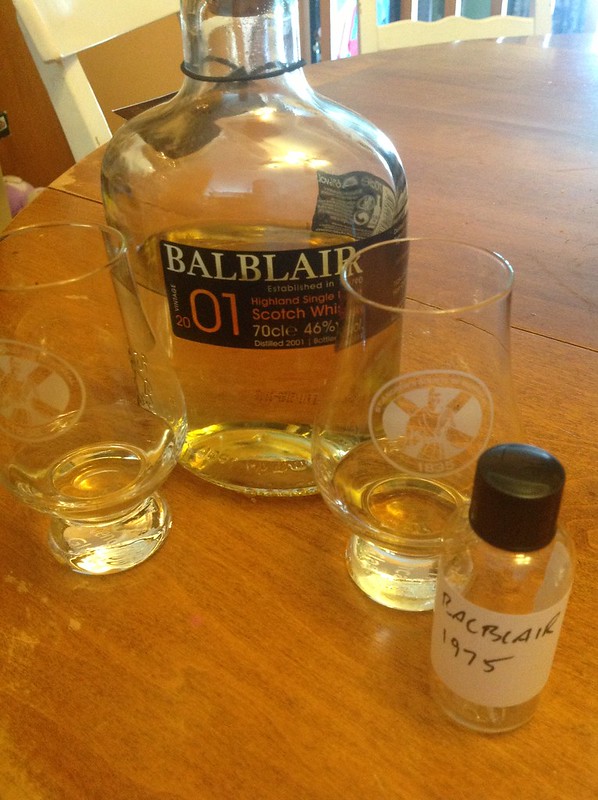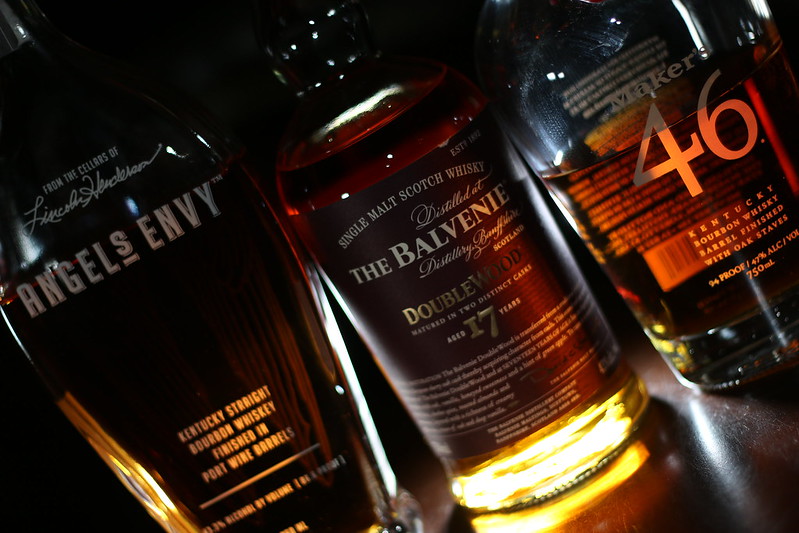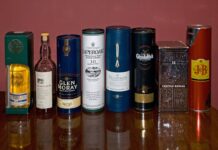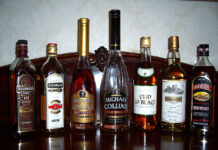Labeling Scotch Whiskey
More often simply called Scotch; Scotch Whiskey is either malt Whisky or grain Whisky which is invariably made in Scotland. Strictly made in accordance with the law, it was originally made using malted barley. Over a period of time commercial distilleries introduced Whiskies made of wheat & rye during the late 18th century.
Divided into five major distinct categories Scotch today is a renowned product worldwide. The five popular categories of Scotch are Single Malt Scotch Whiskey, Single Grain Scotch Whiskey, Blended Malt Scotch Whiskey which was formerly known as the “Vatted Malt” or “Pure Malt”, the Blended Grain Scotch Whiskey & the Blended Scotch Whiskey.
Labeling Scotch Whiskies
Any Scotch Whiskey label must essentially comprise of several elements which indicate the aspects of production including age, bottling & ownership details. These regulations largely reflect upon tradition & marketing standards. Although the spelling of the word is most often debated by consumers & journalists, the Scottish, Canadian & Australian lobbies use the word “Whisky” while the Irish prefer to use the term “Whiskey”. The Americans & others often vary in applying & using both terms.
Scotch Whiskey Label Details
Scotch Whiskey labels always feature a declaration saying whether it is malt or a grain Whisky. Single Malt Scotch Whiskey is basically one which in entirety is produced from malt coming of a single distillery. Coming across the term “single cask” signifies that the bottle contains produce coming from one single cask. Termed as “blended malt”, it means that single malt Whisky produced by different distilleries have been blended & used in the bottle.
Controversies in Labeling Scotch Whiskies
It was the Cardhu distillery which began using “pure malt” as a term to describe their produce. Creating a controversy in the process of clarity in labeling, Glenfiddich distillery also started using this term to describe few single malt bottling. Subsequently, it resulted in the Scotch Whiskey Association taking notice & declaring that a mixture of all single malt Whiskies must effectively be labeled as “blended malt” & not otherwise.
The usage of other former terms like “pure malt” & “vatted malt” malt was eventually banned. However, “blended malt” as a term is still debated as bottlers maintain that this confuses customers with the term “Blended Scotch Whiskey” used for products containing some proportions of grain Whiskey.

Other Features of Scotch Whiskey Labels
Generally brand name featured on label is the same as distillery name. Like Talisker Distillery labeling its Whisky with the Talisker name. In fact the SWR prohibits using a distillery name by bottlers when Whisky was not made there. Some labels also prefer to list bottler names separately at times, independent of the distillery.
Apart from requiring that Scotch Whiskey be essentially distilled in Scotland, SWR insists that the produce also be bottled & labeled in Scotland in order to qualify as Scotch Whiskey. Some labels also prefer to specifically indicate the region of origin like Islay or Speyside.
Alcoholic Strength in Scotch Whiskey
Normally, alcoholic strength of Scotch Whiskey is expressed on labels as “alcohol by volume” (ABV) or at times just “Vol”. Typically, Scotch Whiskies are bottled between 40% to 46% alcohol by volume. Although Whiskies are considerably stronger with 60-63% ABV while emerging from casks, water is subsequently added to create the desired strength of the product. In case the Whiskey is not diluted prior to bottling, it goes on to be labeled as “cask strength”
Age on Scotch Whiskey Labels
Age on a Scotch Whiskey label provides a guarantee of the youngest Whisky used in bottling. The age label in form of a number must reflect age of the youngest Whisky utilized in making of the product. Every Scotch Whiskey with an age statement guarantees the basic age of the Whisky. Scotch Whiskies without any age statement are required by law to be as old as three years at least.
“No Age Statement” Whiskies had become common in early 21st century when distilleries had to respond in depletion of aged stocks triggered by improved sales. Labels may often carry both the distillation & bottling dates. Since Whiskies do not mature after bottling, so in case no age statement is provided, customers can calculate age of Whisky if both the distillation & bottling dates are mentioned.











